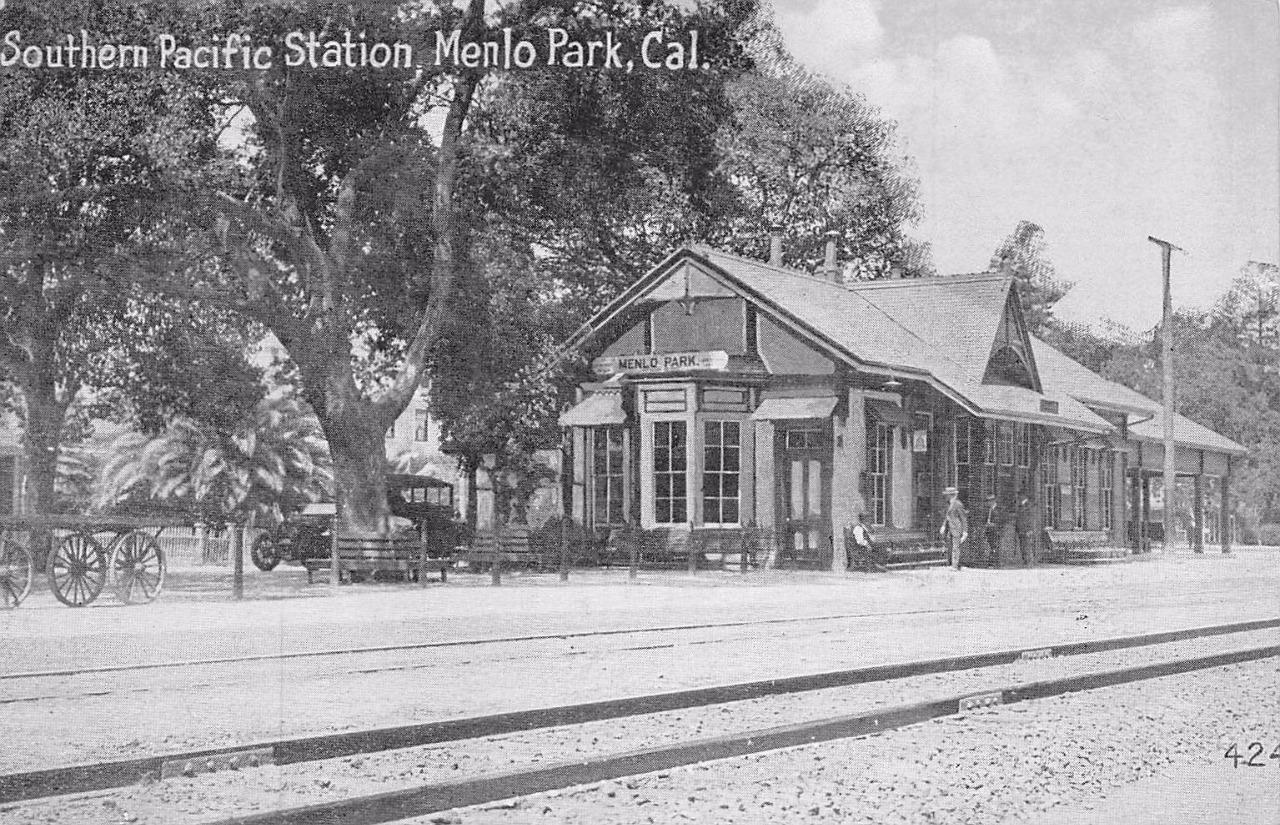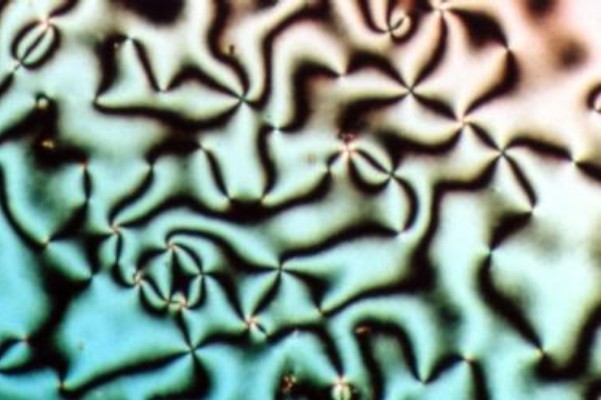|
James Fergason
James Lee Fergason (January 12, 1934 – December 9, 2008) was an American inventor and business entrepreneur. A member of the National Inventors Hall of Fame, Fergason is best known for his work on an improved liquid crystal display, or LCD. He held over one hundred U.S. patents at the time of his death. Early life and education James Lee "Jim" Fergason was born on a farm near the small town of Wakenda, Carroll County, Missouri. He was educated in a one-room schoolhouse until the 7th grade when his family moved to the county seat of Carrollton. The Fergason family had something of a reputation for educational over achievement. One grandfather graduated from college at age fifteen, while two of Fergason's older brothers studied chemical engineering and electrical engineering respectively. A cousin was an agricultural engineer who had over 100 patents for his machinery inventions. Following his graduation from Carrollton High School in 1952 he enrolled at the University of Mis ... [...More Info...] [...Related Items...] OR: [Wikipedia] [Google] [Baidu] |
Wakenda, Missouri
Wakenda is an unincorporated community in Carroll County, in the U.S. state of Missouri. History Wakenda was plat In the United States, a plat ( or ) (plan) is a cadastral map, drawn to scale, showing the divisions of a piece of land. United States General Land Office surveyors drafted township plats of Public Lands Survey System, Public Lands Surveys to ...ted in 1869, and took its name from Wakenda Township. A post office called Wakenda was established in 1876, and remained in operation until 1995. Notable person James Fergason, an inventor, was born in Wakenda. References Unincorporated communities in Carroll County, Missouri Unincorporated communities in Missouri {{CarrollCountyMO-geo-stub ... [...More Info...] [...Related Items...] OR: [Wikipedia] [Google] [Baidu] |
Twisted Nematic
The twisted nematic effect (''TN effect'') was a major technological breakthrough that made the manufacture of large, thin liquid crystal displays practical and cost competitive. Unlike earlier flat-panel displays, TN cells did not require a current to flow for operation and used low operating voltages suitable for use with batteries. The introduction of TN effect displays led to their rapid expansion in the display field, quickly pushing out other common technologies like monolithic LEDs and CRTs for most electronics. By the 1990s, TN-effect LCDs were largely universal in portable electronics, although since then, many applications of LCDs adopted alternatives to the TN effect such as in-plane switching (IPS) or vertical alignment (VA). Many monochrome alphanumerical displays without picture information still use TN LCDs. TN displays benefit from fast response times and less smearing than other liquid crystal display technologies, but suffer from poor color reproduction and lim ... [...More Info...] [...Related Items...] OR: [Wikipedia] [Google] [Baidu] |
1934 Births
Events January–February * January 1 – The International Telecommunication Union, a specialist agency of the League of Nations, is established. * January 15 – The 8.0 1934 Nepal–Bihar earthquake, Nepal–Bihar earthquake strikes Nepal and Bihar with a maximum Mercalli intensity scale, Mercalli intensity of XI (''Extreme''), killing an estimated 6,000–10,700 people. * February 6 – 6 February 1934 crisis, French political crisis: The French far-right leagues rally in front of the Palais Bourbon, in an attempted coup d'état against the French Third Republic, Third Republic. * February 9 ** Gaston Doumergue forms a new government in France. ** Second Hellenic Republic, Greece, Kingdom of Romania, Romania, Turkey and Kingdom of Yugoslavia, Yugoslavia form the Balkan Pact. * February 12–February 15, 15 – Austrian Civil War: The Fatherland Front (Austria), Fatherland Front consolidates its power in a series of clashes across the country. * February 16 – The ... [...More Info...] [...Related Items...] OR: [Wikipedia] [Google] [Baidu] |
Menlo Park, California
Menlo Park ( ) is a city at the eastern edge of San Mateo County, California, San Mateo County in the San Francisco Bay Area of California, United States. It is bordered by San Francisco Bay on the north and east; East Palo Alto, California, East Palo Alto, Palo Alto, California, Palo Alto, and Stanford, California, Stanford to the south; and Atherton, California, Atherton, North Fair Oaks, California, North Fair Oaks, and Redwood City, California, Redwood City to the west. It had 33,780 residents at the 2020 United States census. It is home to the corporate headquarters of Meta Platforms, Meta, and is where Google, Roblox Corporation, and Round Table Pizza were founded. The train station holds the record as the oldest continually operating train station in California. It is one of the most educated cities in California and the United States; nearly 70% of residents over 25 have earned a bachelor's degree or higher. Toponym "Menlo" is derived from Menlo, County Galway, Menlo (th ... [...More Info...] [...Related Items...] OR: [Wikipedia] [Google] [Baidu] |
Institute Of Electrical And Electronics Engineers
The Institute of Electrical and Electronics Engineers (IEEE) is an American 501(c)(3) public charity professional organization for electrical engineering, electronics engineering, and other related disciplines. The IEEE has a corporate office in New York City and an operations center in Piscataway, New Jersey. The IEEE was formed in 1963 as an amalgamation of the American Institute of Electrical Engineers and the Institute of Radio Engineers. History The IEEE traces its founding to 1884 and the American Institute of Electrical Engineers. In 1912, the rival Institute of Radio Engineers was formed. Although the AIEE was initially larger, the IRE attracted more students and was larger by the mid-1950s. The AIEE and IRE merged in 1963. The IEEE is headquartered in New York City, but most business is done at the IEEE Operations Center in Piscataway, New Jersey, opened in 1975. The Australian Section of the IEEE existed between 1972 and 1985, after which it split into state- ... [...More Info...] [...Related Items...] OR: [Wikipedia] [Google] [Baidu] |
Optical Society Of America
Optica, founded as the Optical Society of America (later the Optical Society), is a professional society of individuals and companies with an interest in optics and photonics. It publishes journals, organizes conferences and exhibitions, and carries out charitable activities. History Optica was founded in 1916 as the Optical Society of America, under the leadership of Perley G. Nutting, with 30 optical scientists and instrument makers based in Rochester, New York. It soon published its first journal of research results and established an annual meeting. The group's ''Journal of the Optical Society of America'' was created in 1918. The first series of joint meetings with the American Physical Society took place in 1918. In 2008, it changed its name to the Optical Society. In September 2021, the organization's name changed to Optica, in reference to the organization's journal by the same name and geographic neutrality to reflect the society's global membership. In 2024, follow ... [...More Info...] [...Related Items...] OR: [Wikipedia] [Google] [Baidu] |
David Richardson Medal
The David Richardson Medal is awarded by the Optical Society (formerly the Optical Society of America) to recognize contributions to optical engineering, primarily in the commercial and industrial sector. The award was first made in 1966 to its namesake David J. Richardson. He received it for distinctive contributions to the ruling and replicating of gratings, used to determine the transfer functions of lenses. There is a prize associated with the medal. Richardson received a graduate degree in spectroscopy from the Massachusetts Institute of Technology in the mid-1930s. He was hired by Bausch and Lomb in 1947 to establish a grating and scale-ruling laboratory that became the world's leader in diffraction gratings. The lab, which was renamed for him in 1966, has since 2004 belonged to the Newport Corporation. Recipients See also * List of physics awards A list is a set of discrete items of information collected and set forth in some format for utility, entertainment, ... [...More Info...] [...Related Items...] OR: [Wikipedia] [Google] [Baidu] |
Dynamic Scattering
The dynamical theory of diffraction describes the interaction of waves with a regular lattice. The wave fields traditionally described are X-rays, neutrons or electrons and the regular lattice are atomic crystal structures or nanometer-scale multi-layers or self-arranged systems. In a wider sense, similar treatment is related to the interaction of light with optical band-gap materials or related wave problems in acoustics. The sections below deal with dynamical diffraction of X-rays. Principle The dynamical theory of diffraction considers the wave field in the periodic potential of the crystal and takes into account all multiple scattering effects. Unlike the kinematic theory of diffraction which describes the approximate position of Bragg or Laue diffraction peaks in reciprocal space, dynamical theory corrects for refraction, shape and width of the peaks, extinction and interference effects. Graphical representations are described in dispersion surfaces around reciprocal la ... [...More Info...] [...Related Items...] OR: [Wikipedia] [Google] [Baidu] |
Smectic
Liquid crystal (LC) is a state of matter whose properties are between those of conventional liquids and those of solid crystals. For example, a liquid crystal can flow like a liquid, but its molecules may be oriented in a common direction as in a solid. There are many types of LC phases, which can be distinguished by their optical properties (such as textures). The contrasting textures arise due to molecules within one area of material ("domain") being oriented in the same direction but different areas having different orientations. An LC material may not always be in an LC state of matter (just as water may be ice or water vapour). Liquid crystals can be divided into three main types: thermotropic, lyotropic, and metallotropic. Thermotropic and lyotropic liquid crystals consist mostly of organic molecules, although a few minerals are also known. Thermotropic LCs exhibit a phase transition into the LC phase as temperature changes. Lyotropic LCs exhibit phase transitions as a ... [...More Info...] [...Related Items...] OR: [Wikipedia] [Google] [Baidu] |
Breast Cancer
Breast cancer is a cancer that develops from breast tissue. Signs of breast cancer may include a Breast lump, lump in the breast, a change in breast shape, dimpling of the skin, Milk-rejection sign, milk rejection, fluid coming from the nipple, a newly inverted nipple, or a red or scaly patch of skin. In those with Metastatic breast cancer, distant spread of the disease, there may be bone pain, swollen lymph nodes, shortness of breath, or yellow skin. Risk factors for developing breast cancer include obesity, a Sedentary lifestyle, lack of physical exercise, alcohol consumption, hormone replacement therapy during menopause, ionizing radiation, an early age at Menarche, first menstruation, having children late in life (or not at all), older age, having a prior history of breast cancer, and a family history of breast cancer. About five to ten percent of cases are the result of an inherited genetic predisposition, including BRCA mutation, ''BRCA'' mutations among others. Breast ... [...More Info...] [...Related Items...] OR: [Wikipedia] [Google] [Baidu] |
Cholesteric
Cholesteric liquid crystals (ChLCs), also known as chiral nematic liquid crystals, are a supramolecular assembly and a subclass of liquid crystal characterized by their chirality. Contrary to achiral liquid crystals, the common orientational direction of ChLCs (known as the director) is arranged in a helix whose axis of rotation is perpendicular to the director in each layer. ChLCs can be thermotropic and lyotropic. ChLCs are formed from a variety of anisotropic molecules, including chiral small molecules and polymers. ChLCs can be also formed by introducing a chiral dopant at low concentrations into achiral liquid crystalline phases. Examples of ChLCs range from scarab beetle shells to liquid crystal displays. Many natural molecules and polymers spontaneously form the cholesteric phase. ChLCs have been used to manufacture products ranging from smart paints to textiles to and sensors. Scientists often employ biomimicry to develop ChLC-based materials inspired by natural examples. ... [...More Info...] [...Related Items...] OR: [Wikipedia] [Google] [Baidu] |



